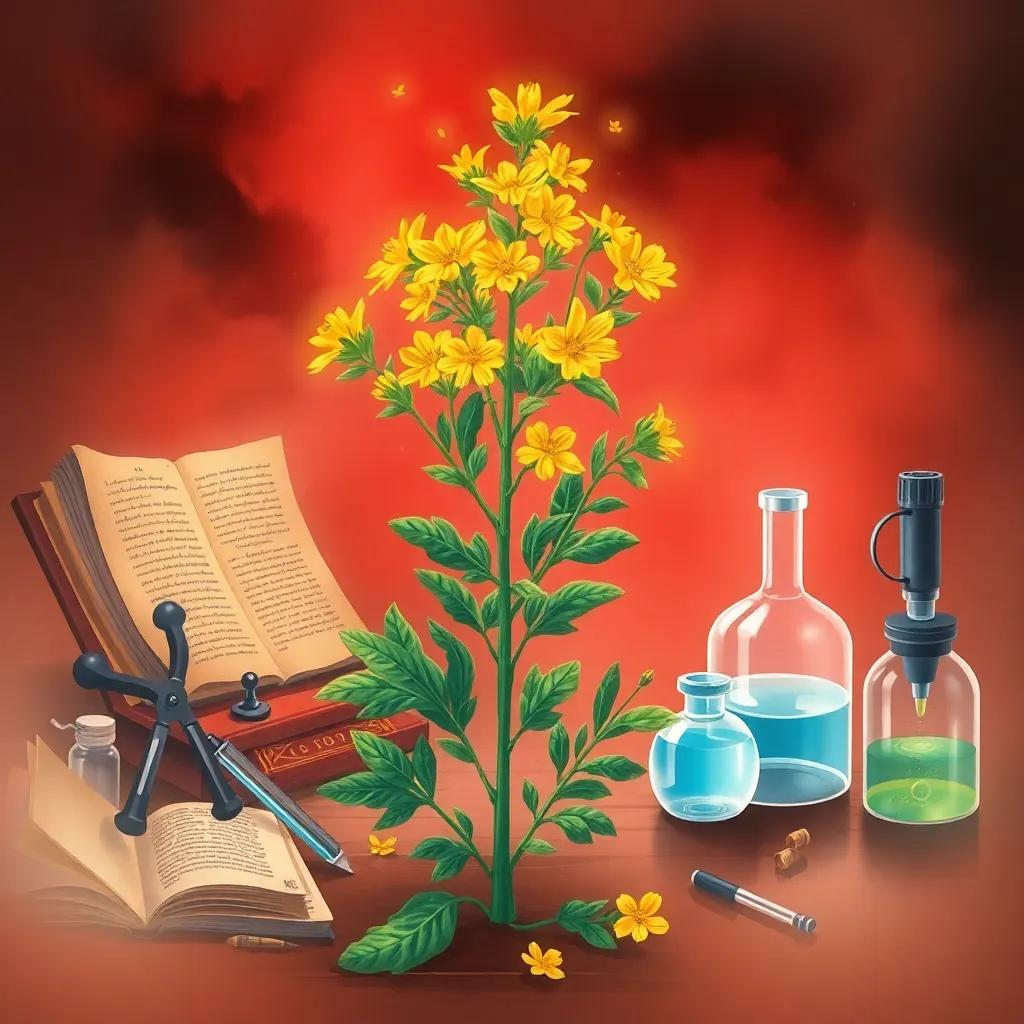Exploring the traditional uses, bioactive compounds, and therapeutic effects of common tansy, while addressing its toxicity and sustainable harvesting practices.
Common tansy, once a staple in traditional medicine, is being revisited for its bioactive compounds and therapeutic potential, despite its known toxicity.
Common Tansy (Tanacetum Vulgare): A Forgotten Herbal Remedy
Historical Uses and Traditional Medicine
Common tansy (Tanacetum vulgare) has been used for centuries in traditional medicine across Europe and North America. Historically, it was employed as an anti-parasitic, digestive aid, and even as a preservative. According to the Herbal Medicine: Biomolecular and Clinical Aspects
(2011), tansy was a common remedy for intestinal worms and digestive disorders in medieval Europe. The plant’s bitter taste and strong aroma were believed to stimulate digestion and expel parasites.
Bioactive Compounds and Therapeutic Effects
Modern research has identified several bioactive compounds in common tansy, including essential oils (such as thujone and camphor) and flavonoids. A study published in the Journal of Ethnopharmacology
(2018) highlighted its potential anti-inflammatory and antimicrobial properties. However, the same study cautioned about the toxicity of thujone, which can cause neurological effects in high doses.
Ecological Impact and Sustainable Harvesting
Common tansy is considered invasive in some regions, such as parts of North America, where it outcompetes native flora. The USDA Forest Service has documented its ecological impact, urging controlled harvesting to prevent overgrowth. Sustainable practices, such as selective picking and avoiding overharvesting, are recommended to balance its medicinal use and ecological preservation.
Toxicity and Proper Dosage
The toxicity of common tansy cannot be overlooked. The European Medicines Agency
(EMA) has issued guidelines warning against its use in high concentrations due to thujone’s neurotoxic effects. Traditional preparations, such as tinctures or teas, were carefully measured to avoid adverse effects. Modern herbalists emphasize the importance of professional guidance when using tansy medicinally.
Case Studies and Research
A 2020 study in the Phytotherapy Research
journal explored tansy’s potential as an anti-parasitic agent, with promising results in vitro. However, the researchers stressed the need for further clinical trials to validate its safety and efficacy. Historical texts, such as The Complete Herbal
by Nicholas Culpeper (1653), also documented its use, providing a foundation for contemporary research.
Conclusion
Common tansy remains a fascinating example of how traditional remedies can inform modern medicine. While its bioactive compounds offer therapeutic potential, its toxicity and ecological impact demand careful consideration. Further research and sustainable practices are essential to unlock its full benefits safely.




